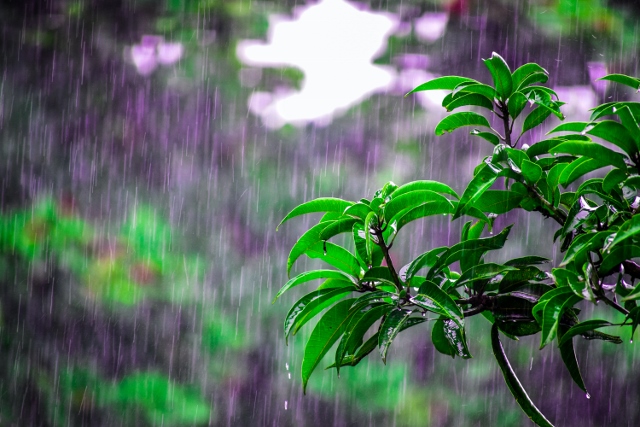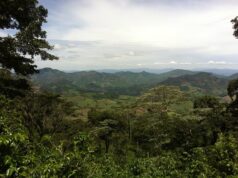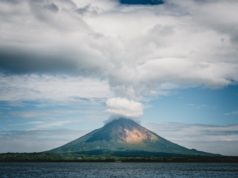Marcio Baca (Eng.), Director of Meteorology and Nicaragua’s top weatherman at INETER (Nicaraguan Institute for Territorial Studies) advises of Tropical Waves over Nicaragua this week.
They are currently monitoring tropical wave number 12 that will continue to move west. It looks as though it will reach Nicaragua by Wednesday night or Thursday morning, 9th/10th June.
What does this mean?
In short, the conditions will be there for rain.
At a press conference, Baca predicted that the conditions will be optimal for rains in various parts of Nicaragua throughout this week. “Starting today, Monday later in the afternoon and at night, we should see the slight production of rain in the Pacific”.
In particular, this type of tropical wave will create regular rainfall in the afternoon or at night in the Pacific and North region. The Central and Caribbean zones will likely have rain early in the morning and again later with more intense rain at night.
Nicaragua is looking at temperatures around 34° Celsius in Managua, 35° to 36° C in the West and 32° to 33° C for the rest of the country.
In the first few days of the tropical wave, ocean conditions will be normal at a height of 1 to 1.5 meters and INTER advises to take no more than the usual precautions when fishing in rainy conditions. However, if the tropical waves over Nicaragua strengthen, waves may increase on both sides of the country and extra precautions may become necessary.
Tropical Wave
A tropical wave is an inverted trough (an elongated area of relatively low pressure). They are oriented from north to south but mostly move from east to west across the tropics assisted by the Trade Winds.
They are studied closely because they can lead to the formation of a tropical cyclone and most hurricanes (85%) can be traced back to a tropical wave.
Tropical waves emerge off the coast of Africa on a regular basis (up to 60 per season) and get carried in an overall westward motion across the Atlantic causing areas of showers and thunderstorms.







